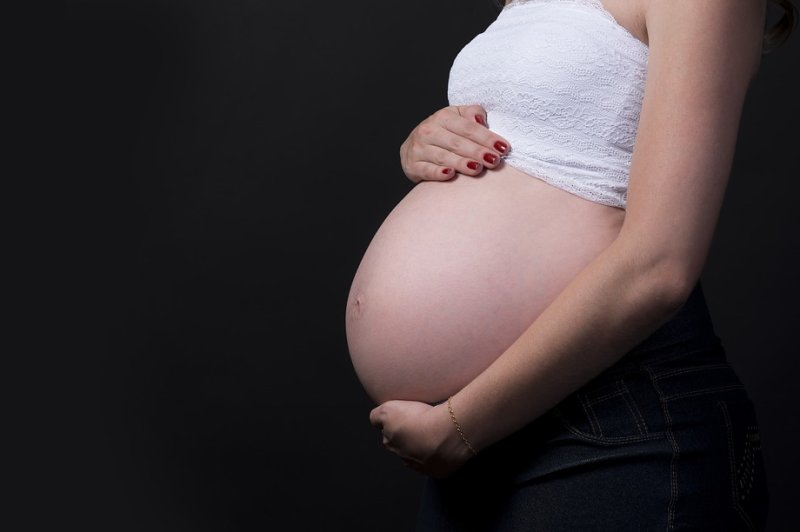Researchers say the placenta develops differently than any other human organ, and that its structure resembles a patchwork of tumors based on the number of genetic mutations found in it. Photo courtesy of Max Pixel
March 10 (UPI) -- A new survey of the genomic architecture of the human placenta has revealed a surprising abundance of genetic mutations linked with childhood cancers.
The study, published Wednesday in the journal Nature, lends support to the theory that the placenta serves as a "dumping ground" for genetic defects, while the fetus works to correct potentially problematic mutations.
Upon fertilization, the egg implants itself in the uterus wall. Immediately, cells begin dividing and multiplying. These multiplying stem cells differentiate into different cell types, some of which form the placenta.
The placenta taps into the mother's circulation, providing the fetus with water and nutrients. It also gets rid of waste products and regulates important hormones.
The placenta is vital to mammalian reproduction, but previous studies have shown that its invasion of the uterus lining looks a lot like the way cancer cells spread.
It's maybe not all that surprising, then, that the placenta has been implicated in a variety of dangerous pregnancy complications.
For the new study, scientists sequenced the genomes of 86 tissue biopsies and 106 microdissections from 42 placentas. The sequencing data showed each biopsy possessed a unique genetic signature derived -- via what's called clonal expansion -- from a single common ancestor.
In other words, the genomic data showed the placenta's rapid growth and aggressive invasion of the uterus wall follows a pattern similar to the development of invasive cancers.
Within the tissue samples, scientists discovered high concentrations of genetic mutations responsible for childhood cancers, including neuroblastoma and rhabdomyosarcoma.
"Our study confirms for the first time that the placenta is organized differently to every other human organ, and in fact resembles a patchwork of tumors," senior study author Steve Charnock-Jones said in a press release.
"The rates and patterns of genetic mutations were also incredibly high compared to other healthy human tissues," said Charnock-Jones, a researcher at the University of Cambridge in Britain.
Using what's called phylogenetic analysis, researchers were able to retrace the genomic lineage of the placenta cell lines -- all the way back to the first cell divisions within the fertilized egg.
Within various placenta cells, researchers found evidence of accumulating genetic mutations, including chromosomal copy errors that would be problematic in any other type of tissue.
The findings support the theory that the placenta is uniquely tolerant of genetic defects.
"It was fascinating to observe how such a serious genetic flaw as a chromosomal copy number error was ironed out by the baby but not by the placenta. This error would have been present in the fertilized egg," said Gordon Smith, senior study author and Cambridge professor.
"Yet derivative cell populations, and most importantly those that went on to form the child, had the correct number of copies of chromosome 10, whereas parts of the placenta failed to make this correction. The placenta also provided a clue that the baby had inherited both copies of the chromosome from one parent, which can itself be associated with problems," Smith said.
Scientists hope their analysis will spur further investigations of the placenta's dynamic role in mammalian pregnancy, and ultimately reveal the origins and inspire new therapies for placenta-related complications and diseases that can endanger mother and child.
"The placenta is akin to the 'wild west' of the human genome, completely different in its structure from any other healthy human tissue. It helps to protect us from flaws in our genetic code, but equally there remains a high burden of disease associated with the placenta," said senior study author Sam Behjati.
"Our findings provide a rationale for studying the association between genetic aberrations in the placenta and birth outcomes at the high resolution we deployed and at massive scale," said Behjati, a researcher at the Wellcome Sanger Institute.















